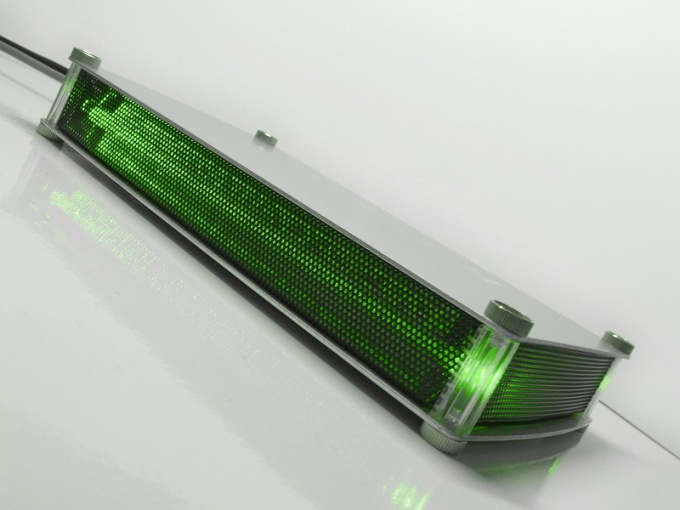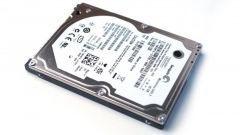Instruction
1
External hard drive is a simple hard drive, installed in protected housing. Most of the models of this device are presented in form factors, 2.5 or 3.5 inches. The first option is the most convenient and compact, not to require an additional energy source. And external devices 3.5 inch weigh a lot more (about 1.5 kg) and require additional power from 220 V. Therefore, before buying the external drive you need to decide how often you'll have to tolerate it.
2
The most important characteristic that you need to pay maximum attention to the volume. The standard volume of the external drive, made in the form factor 2.5 inch, ranges from 250 to 500 GB. And the capacity of the device form factor 3.5 inches – more terabytes. Remember that the declared volume of the external drive will be somewhat higher than the actual capacity.
3
Speed is the next most important feature, it is defined by the following parameters: interface (responsible for the transmission speed), the spindle speed and the average access time. If you need the maximum speed of the device, then the best option is to buy an external drive with USB 3.0 interface (transfer rate up to 5 Gbps/sec) and eSATA (3 Gbps).
4
The speed of rotation of the spindle depends on the time of finding information on your hard disk. The number of rotations hard drive 2.5 inch 5400 rpm and 3.5-inch models have a standard speed of 7200 rpm./min. is Found the information is moved to the buffer, which smooths out differences in data transfer speed. The larger the buffer, the smoother will be the work of the external drive.
5
Buying the device, pay attention to compatibility with your operating system. It is defined by the file system of the external drive is NTFS or FAT 32. File system FAT 32 works with all operating systems, not only modern but also old. The main advantage of NTFS is the ability to work with files larger than 4 GB.
6
For maximum safety and enhance work comfort some external hard drives have built-in software. The basic functions of these programs - virus protection, energy saving and data backup.



